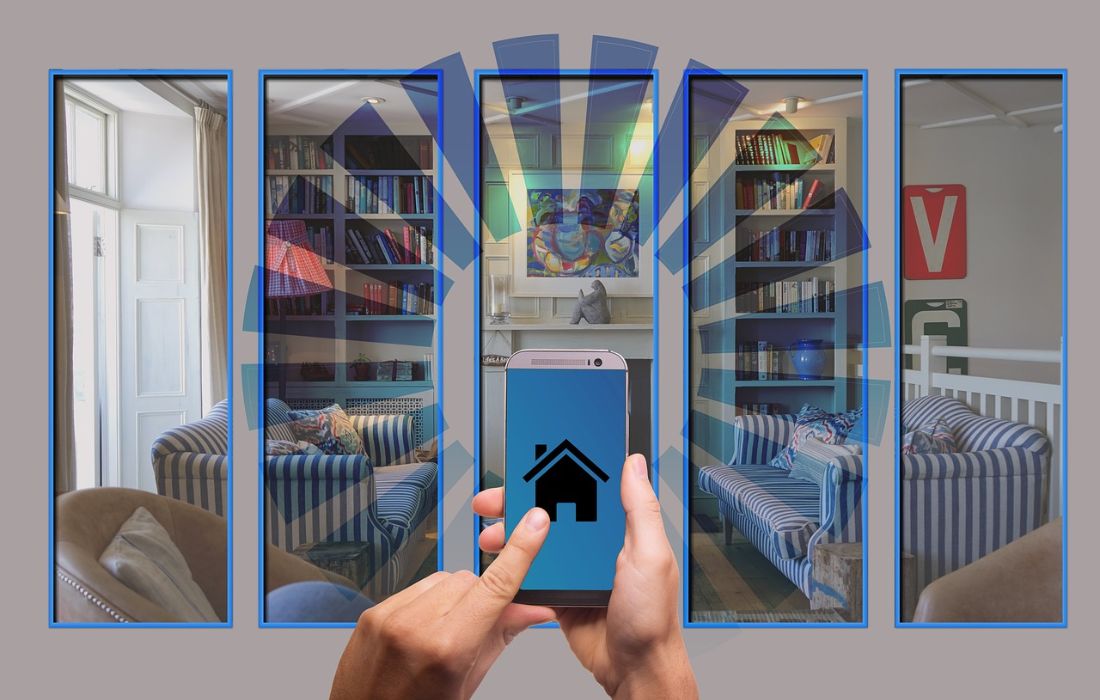Smart home technology is quickly becoming part of everyday life. What once felt like a perk for early adopters or high-end homes is now reshaping how people manage comfort, safety, and energy inside their spaces. From adaptive climate systems to voice-controlled assistants, these tools are built for real-world needs.
Smart homes now operate as responsive ecosystems. Systems communicate with one another to maintain healthy air, cut down on wasted electricity, and simplify daily tasks. In short, these upgrades are improving how people live and feel at home.
Let’s take a closer look at the key areas where smart home tech is doing the heavy lifting.
Table of Contents
Smarter Climate Control for Healthier Homes
Modern HVAC systems enhance your living environment. Newer models do a better job of evenly distributing temperature throughout a home, eliminating the common problem of hot or cold spots from room to room. With updated seasonal energy efficiency ratio (SEER) standards rising to 14 in 2024, many of today’s systems are around 10% more efficient than those installed two decades ago. This means they work smarter, last longer, and cost less to operate.
These systems also take a broader view of what comfort means. Along with filtering out allergens and controlling humidity in real-time, they also learn from your daily patterns, adjusting to your schedule and the weather without constant input. The result is cleaner air, consistent temperatures, and lower energy use, all without needing to lift a finger.
The bonus? These systems are better for the environment, too. Less wasted energy means a smaller carbon footprint, all while improving the way your home feels every day.
AI-Powered Home Assistants That Actually Help
Smart home assistants have come a long way from mere alarms and weather updates. Nowadays, they dim lights, adjust climate settings, remind you about medication, and even help monitor household energy use. These little helpers quietly streamline busy schedules.
For those with limited mobility or vision, voice commands bring a new level of independence. Instead of reaching for switches or remotes, users can simply ask for what they need. That’s a meaningful shift in daily ease, especially for older adults or people recovering from illness.
As these devices continue to learn your preferences, they’ll become more personalized and helpful, offering subtle support without getting in the way.
Smart Kitchens for the Modern Household
Smart kitchens are designed for both convenience and efficiency. Fridges can track expiration dates and offer recipe suggestions based on what’s already inside. Stoves with voice activation and automatic shut-off features help prevent both overcooking and accidents.
These tools also reduce food waste and lower energy consumption. Timers, temperature sensors, and real-time adjustments make everyday meals easier and more precise. For busy households, it’s like having an extra pair of hands in the kitchen.
Whether someone’s cooking for one or feeding a family, smart kitchen tech makes the process quicker, cleaner, and more efficient.
Security and Peace of Mind in One Tap
Home security has become more responsive and more accessible. With motion-detecting cameras, remote-controlled locks, and doorbell cams that stream live footage, homeowners can see what’s happening, regardless of where they are.
Home security has grown more responsive, too. They can take immediate action, like locking a door when it’s forgotten or calling emergency services during a break-in. Cameras, sensors, and smart locks can all connect to your phone, so you’re never out of touch.
The real win is the confidence it brings. These systems help you stay connected to what matters, such as checking on deliveries, watching over pets, or just knowing everything’s locked up tight when they’re gone.
Tech That Grows With You
Smart home technology adapts over time; it’s built to evolve alongside the people who use it. For busy parents, automation helps manage lights, cleaning, and even homework notifications. And for older adults, it supports safe, independent living with fall alerts and medication reminders.
Whether it’s helping a busy parent stay organized or supporting an aging adult’s independence, the same systems can shift to match changing needs.
These systems aren’t one-size-fits-all. Many are modular, so they can be expanded or simplified as your needs change. A household with young kids might need safety features today and energy monitoring down the line.
The flexibility means your home can keep up, no matter how your life shifts over time.
Conclusion: The Future of Home Is Here
Smart technology at home touches every part of daily living. It helps create cleaner air, supports safety, simplifies routines, and keeps energy use in check without added hassle. They make a home feel like a better place to be.
As options expand, it makes sense to choose tech that fits your lifestyle, not trends. What works for a family of five might look different from someone living solo, and the right setup should reflect that.
A smarter home is one that supports how you live today while staying ready for tomorrow.







